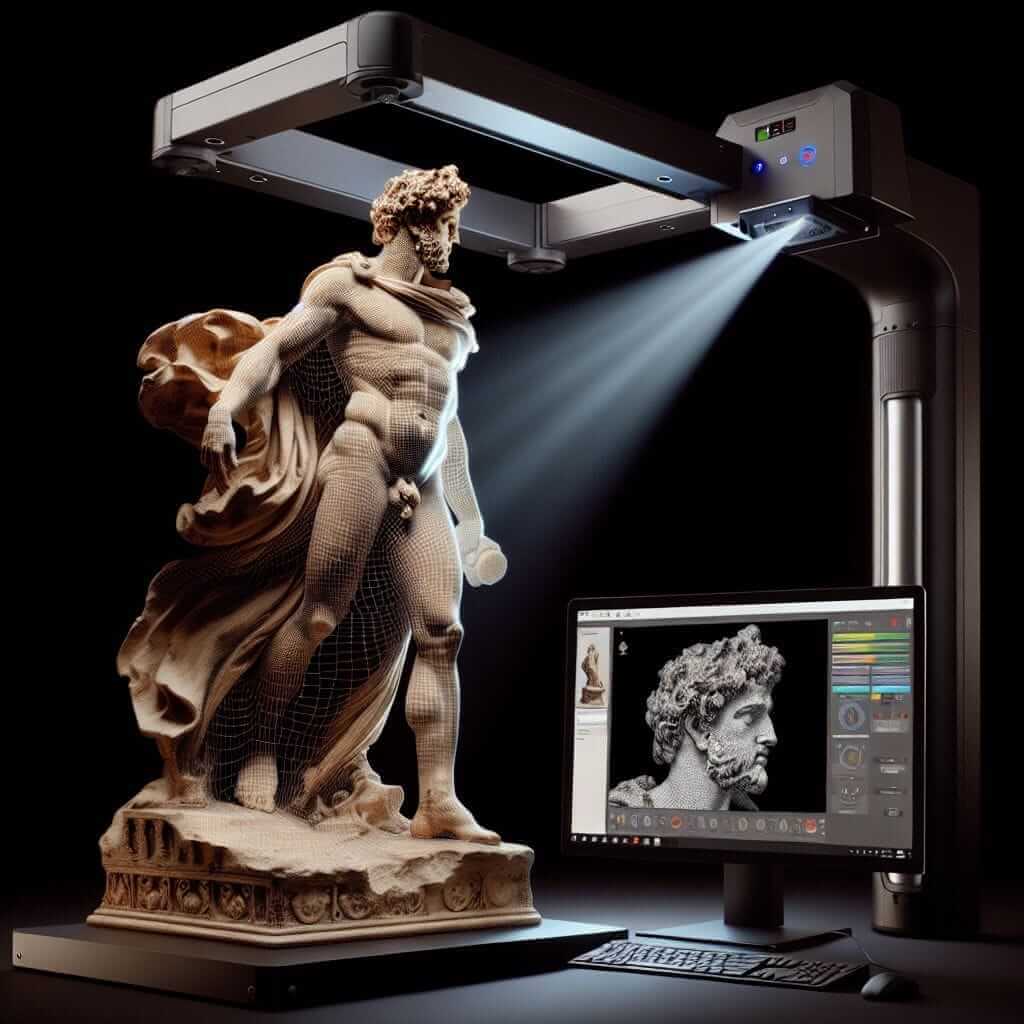The intersection of technology and traditional arts is a fascinating area of discussion, frequently appearing in IELTS Writing Task 2. This topic explores the multifaceted ways technology impacts the creation, preservation, and dissemination of traditional art forms. In this article, we will delve into a sample IELTS essay question on this topic, providing a band-8 model answer and insightful analysis to guide your writing preparation.
Here are some potential IELTS Writing Task 2 questions related to this theme:
- To what extent do you agree that technology helps preserve traditional art forms?
- Some people believe technology threatens the authenticity of traditional arts. Discuss both views and give your opinion.
- Modern technology has significantly impacted traditional arts and crafts. What are the positive and negative effects of this trend?
Sample Essay Question and Analysis
For this guide, let’s focus on the following question:
“Technology has dramatically impacted traditional art forms. Discuss the positive and negative aspects of this influence.”
Analysis
This question requires a balanced discussion. You need to analyze both the positive and negative impacts of technology on traditional arts. Remember to:
- Provide relevant examples: Illustrate your points with specific examples of how technology aids or hinders traditional art forms.
- Maintain a clear structure: Use clear paragraphs to present your ideas logically.
- Use a formal tone and sophisticated vocabulary: Showcase your language proficiency.
Model Essay
Technology has undeniably revolutionized various facets of human life, and its influence on traditional art forms is undeniable. While this technological integration presents numerous advantages, it also brings forth certain drawbacks.
On the positive side, technology has proven instrumental in preserving and promoting traditional arts. High-quality digital documentation methods, such as 3D scanning and high-resolution photography, allow for the meticulous recording and archiving of fragile artifacts, musical performances, and dance forms. This ensures their longevity and accessibility for future generations. Moreover, online platforms and social media have emerged as powerful tools for artists to showcase their work to a global audience. This increased visibility can lead to greater appreciation, support, and even economic opportunities for artisans who might have otherwise struggled to reach beyond their local communities.

However, the influx of technology also presents potential downsides. One significant concern is the risk of homogenization and the loss of cultural uniqueness. As traditional artists adapt to digital platforms and global trends, their work may lose its distinct regional characteristics. Additionally, the ease of mass production facilitated by technology raises concerns about the devaluation of handcrafted goods. The market could become saturated with machine-made imitations, potentially undermining the livelihoods of artisans who have dedicated years to honing their skills.
In conclusion, technology’s impact on traditional arts is a double-edged sword. While it offers unparalleled opportunities for preservation, promotion, and innovation, it also presents challenges related to cultural homogenization and the economic sustainability of traditional crafts. Therefore, it is crucial to strike a balance between embracing technological advancements and safeguarding the authenticity and integrity of these invaluable art forms for future generations.
(Word Count: 285 words)
Writing Tips
- Vocabulary: Utilize subject-specific vocabulary such as “cultural heritage,” “artistic expression,” “digital preservation,” and “mass production.”
- Grammar: Demonstrate control over complex sentence structures, but prioritize clarity over excessive complexity.
- Examples: Incorporate concrete examples like specific art forms or technological advancements to strengthen your arguments.
Vocabulary
- Instrumental (adj.) /ˌɪn.strəˈmen.təl/: Playing an important part in something.
- Archiving (n.) /ˈɑːr.kaɪ.vɪŋ/: The process of storing documents or pieces of information for future reference.
- Longevity (n.) /lɒnˈdʒev.ə.ti/: The fact of having a long life or existence.
- Homogenization (n.) /həˌmɒdʒ.ən.aɪˈzeɪ.ʃən/: The process of making things the same or similar.
- Devaluation (n.) /ˌdiː.væl.juːˈeɪ.ʃən/: The reduction in the value of something.
Conclusion
This guide has provided you with a comprehensive overview of how to approach an IELTS Writing Task 2 essay on the influence of technology on traditional arts. Remember to practice writing essays on similar topics, expand your vocabulary, and familiarize yourself with different argumentative structures. With dedicated effort and strategic preparation, you can confidently tackle this essay type and achieve your desired IELTS score.